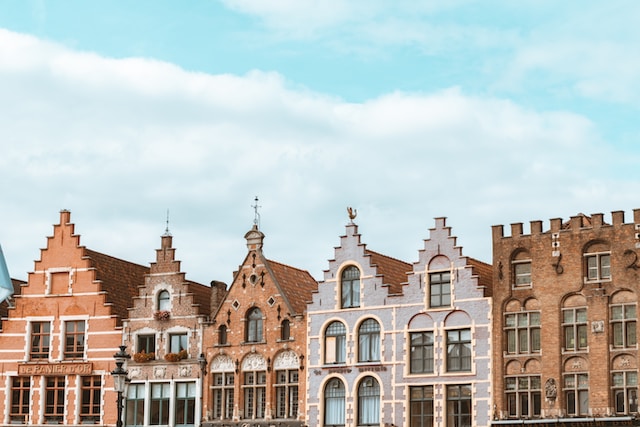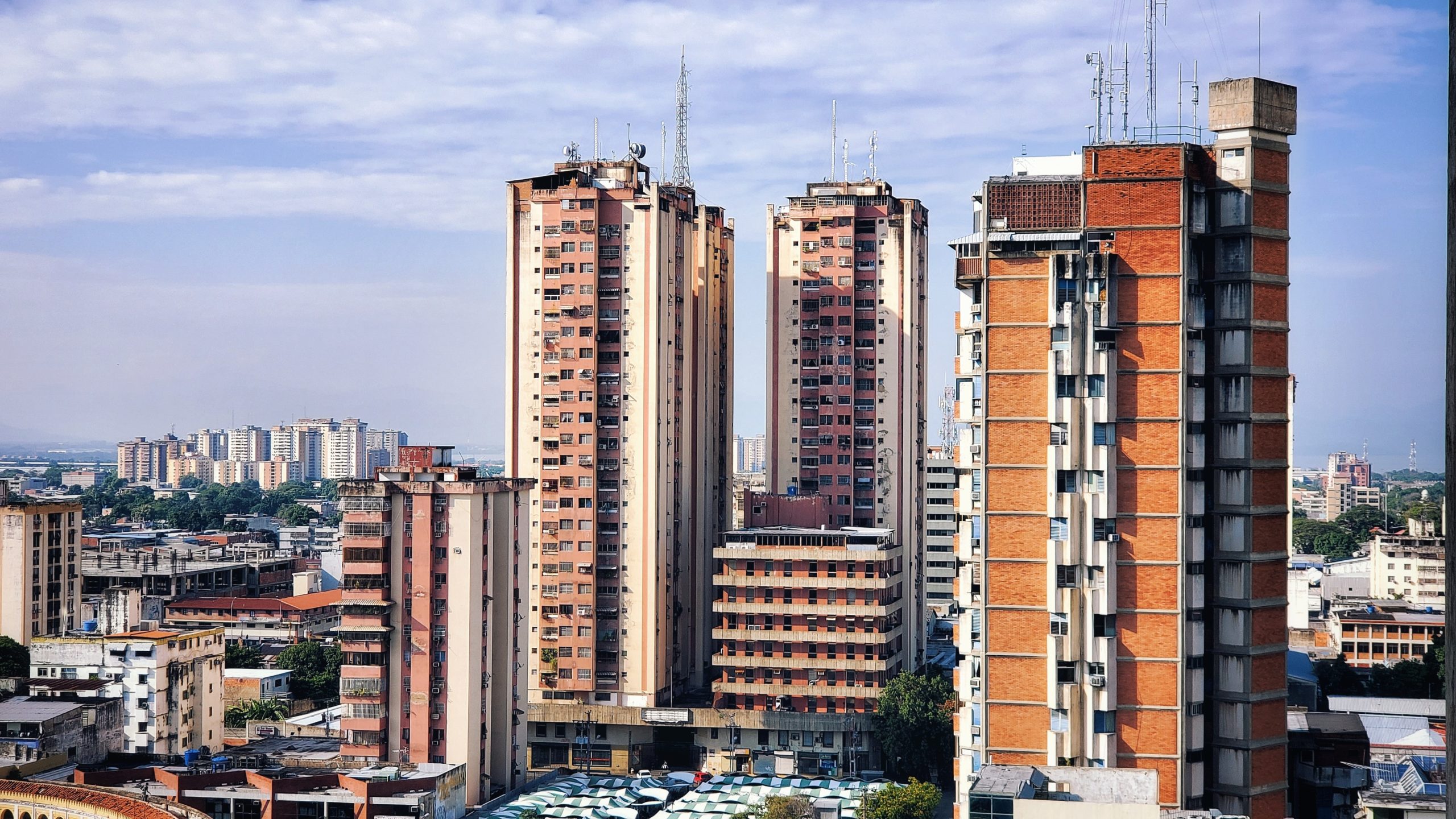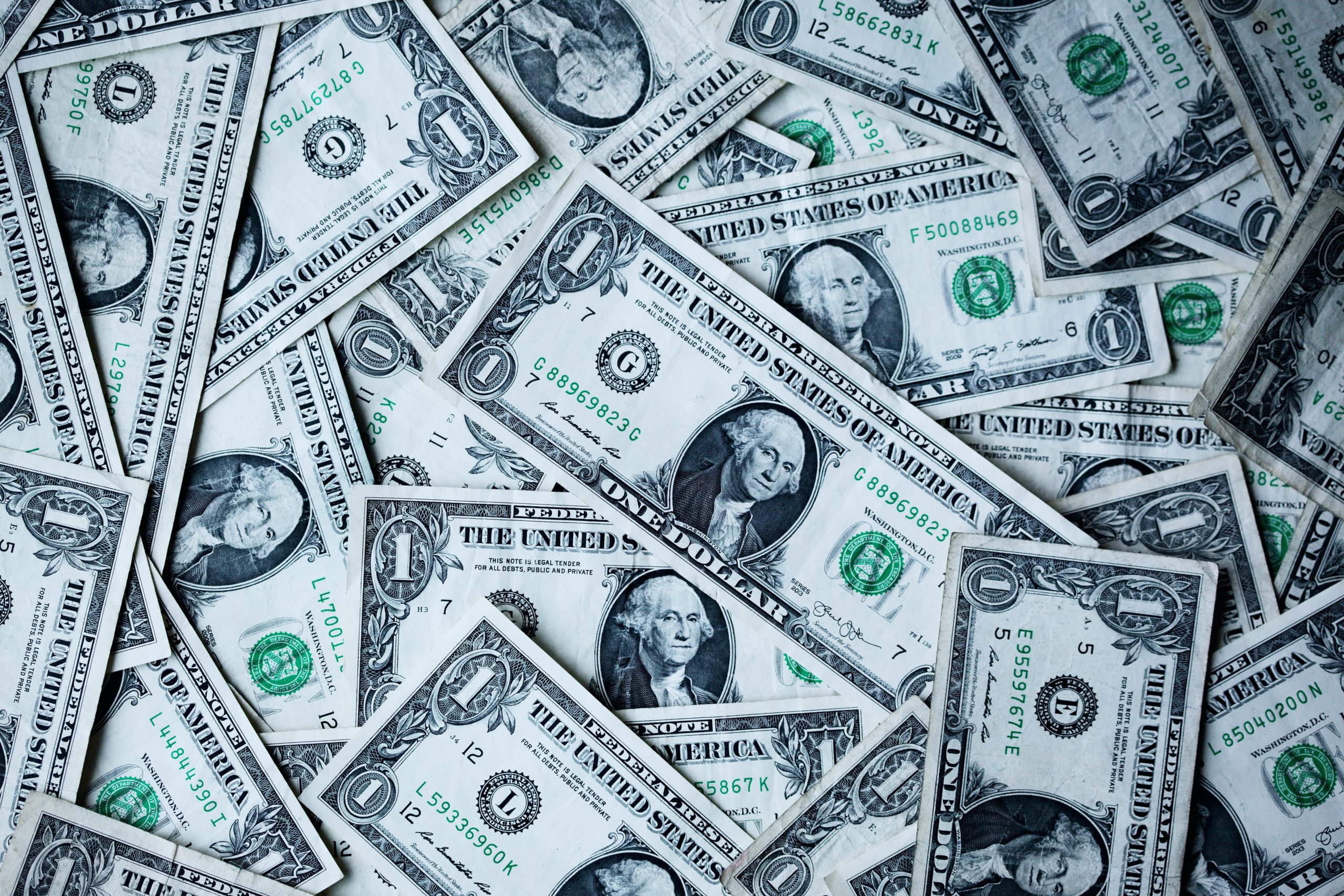Leading industries in Belgium
Belgium’s economy is one of the most developed in Europe thanks to the country’s strategic location on the continent, which has allowed it to establish a highly developed transportation system with a broad commercial and industrial foundation. Belgium had the first industrial revolution in Europe in the nineteenth century, and since then, the country has built up a complex transportation network, including roads, trains, canals, and ports, allowing it to integrate its industries with those of its neighbors. The majority of Belgium’s industries are concentrated in its most populous northern areas, mainly in Flanders and the area surrounding Brussels.

You will find some of the leading industries below;
Agriculture
One of Belgium’s most valuable natural resources is arable land, although very little of the country’s population works in agriculture. Both the agriculture sector’s contribution to GDP and its employment has been declining. More than 1/5 of the land in the nation is used for grazing and meadows, which make up more than 1/4 of the area that is used for agriculture and is permanently cultivated. Sugar beets, flax, potatoes, grains, and chicory are a few of the major crops grown in Belgium. The primary agricultural activity in the Flanders region is the cultivation of decorative plants, vegetables, and fruits. Livestock, notably meat, and dairy products, which make up more than two-thirds of the value of total farm output, are the main agricultural activities in the nation. Although they are widely grown throughout the nation, fodder crops, oats, barley, and wheat are especially prevalent in the southeastern region. In Belgium, there are typically two agricultural trends that may be seen: first, the decline or disappearance of small family farms, and second, the growing dominance of large-scale agribusiness.
Manufacturing
About one-third of Belgium’s GDP is made up of manufacturing-related industries, which are important to the country’s economy. The eastern provinces of Limburg, Flanders, and Hainaut are the hubs of industry. The corridor between Antwerp and Brussels, where various industries are located, is one of the areas that has been identified as an important manufacturing zone in Belgium. Food processing, paper manufacture, glass, chemicals, textiles, steel, and metallurgy are a few of the leading industries. Cobalt, zinc, copper, lead, and radium processing in Belgium is among the best in the world. Around Antwerp, which is also the top destination for trading and diamond cutting, are petroleum refineries. Belgium’s lace has long been famous across the world, but due to the aging population and a declining industry that relies heavily on handwork, it is currently in decline. To train young people, specialized schools have been constructed in Binche and Mons. Engineering and foreign direct investment saw tremendous expansion in the 20th century. Four distinct foreign auto manufacturers, many assembly factories, and foreign firms producing heavy electrical equipment and other commodities are all present in Belgium.
Finance
Since the early 1960s, Belgium’s financial industry has grown significantly. Today, many banks are operating throughout the nation, with the majority of them being foreign and concentrated primarily in Brussels. The National Bank of Belgium, the nation’s central bank, is in charge of issuing money, maintaining the safety of the nation’s finances, and offering financial services, mainly to the Federal Government. The European Central Bank is likewise based in Brussels and is in charge of developing the European Union’s major financial and monetary policies. The country’s stock exchange was established in Brussels in the early 19th century, and in 2000 it combined with the stock exchanges in Paris and Amsterdam to form the Euronext, a fully integrated international stock and equity market. The majority of foreign investment firms in the financial and energy sectors, particularly in the twenty-first century, have targeted the nation.
Trade
Belgium’s economy is primarily dependent on commerce, and in 2016, the nation exported commodities worth $250.8 billion. The nation exports a variety of goods, including textiles, diamonds, iron, steel, motor vehicles, machinery, food, chemicals, and pharmaceuticals. The United States and numerous EU nations, including France, Germany, the Netherlands, Italy, and the United Kingdom among others, are Belgium’s top export markets for the majority of its goods. Belgium brought in goods worth $251.7 billion in 2016. Raw materials, raw diamonds, machinery, food, pharmaceuticals, petroleum, and transport equipment are just a few of the imports. Germany, the Netherlands, France, the UK, Ireland, and China are a few of the top import partners.







